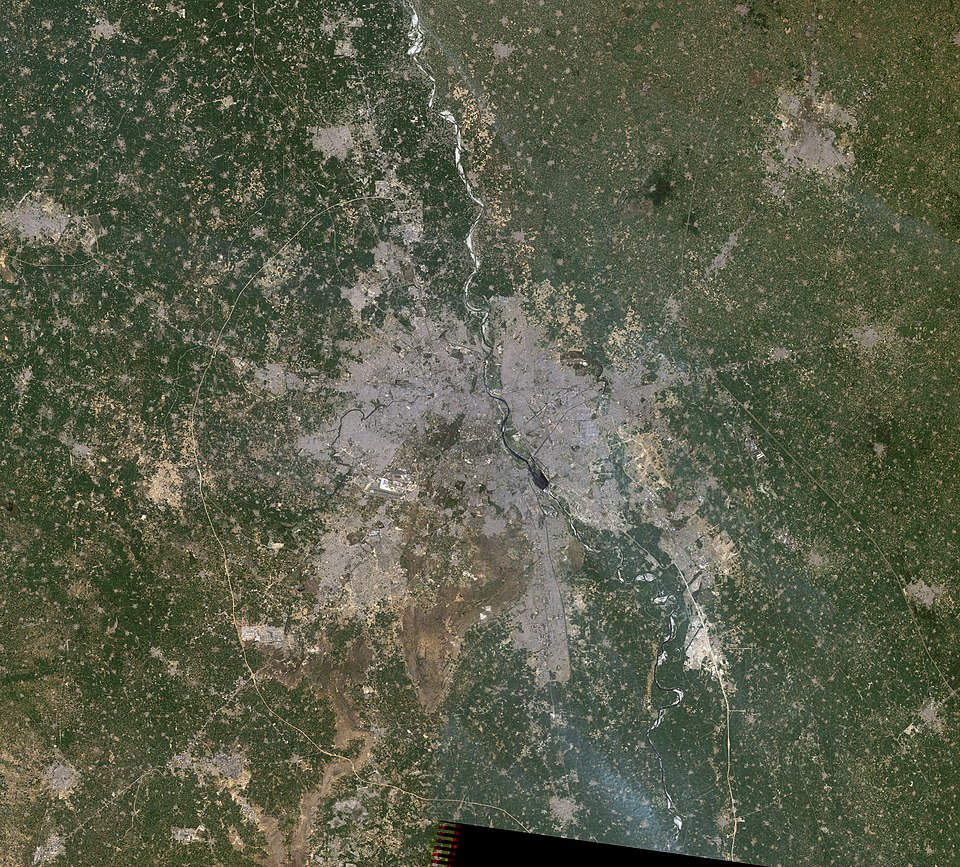

Curated experiences in Delhi

The Garden of Five Senses is a park in Delhi, India. Spread over 20 acres, the park is located in …

Purana Qila (lit. 'Old Fort') is one of the oldest forts in Delhi, India. It was built by the second …

The National Rail Museum in Chanakyapuri, New Delhi, displays exhibits on the history of rail transport in India. The museum …

The Rashtrapati Bhavan (, ISO: Rāṣṭrapati Bhavana; lit. 'Presidential Palace'; formerly Viceroy's House (1931–1947) and Government House (1947–1950)) is the …

Gandhi Smriti, formerly known as Birla House or Birla Bhavan, is a museum dedicated to Mahatma Gandhi, situated on Tees …

Raj Ghat is a memorial complex in Delhi, India. The first memorial was dedicated to Mahatma Gandhi where a black …

Lodi Gardens is a city park situated in New Delhi. Spread over 90 acres (360,000 m2), it contains Muhammad Shah's …

The National Museum in New Delhi, also known as the National Museum of India, is one of the largest museums …

The Masjid-i-Jehan-Numa, commonly known as the Jama Masjid (Urdu: جامع مسجد, romanized: jāme masjid) of Delhi, is one of the …

Swaminarayan Akshardham is a Hindu temple and campus in Delhi, India. The temple is close to the border with Noida. …

The Lotus Temple is a Baháʼí House of Worship in Kalkaji, New Delhi, Delhi, India. It was completed in December …

The India Gate (formerly known as All India War Memorial) is a war memorial located near the Rajpath (officially called …

The Qutb Minar, also spelled Qutub Minar and Qutab Minar, is a minaret and victory tower comprising the Qutb complex, …

The Red Fort, also known as Lal Qila (Hindustani: [laːl 'qɪlaː]) is a historic Mughal fort located in Delhi, India, …
Create a personalized itinerary and unlock the finest experiences Delhi has to offer
Plan Your Trip